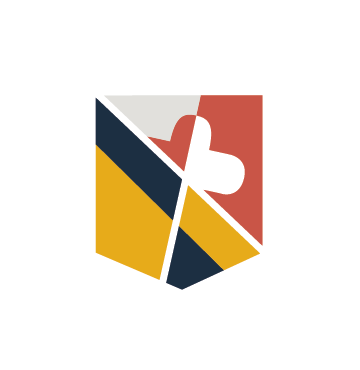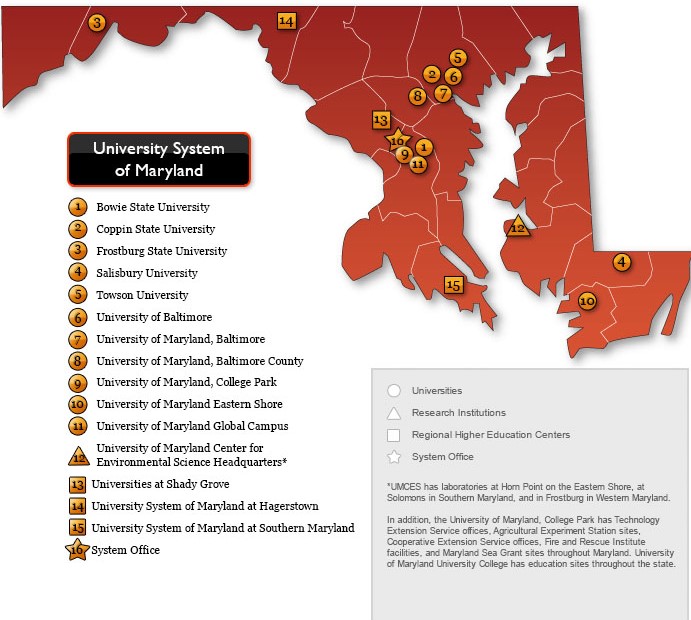We are the first
system-level Center to conceptualize, promote, study, and disseminate groundbreaking innovations aimed broadly at transforming higher education.
Organizational Background
Established in 2013 by the USM Board of Regents, the USM Center for Academic Innovation grew out of a need to keep pace with a rapidly changing technological landscape, student body, and higher education ecosystem. Capitalizing on the USM’s success in building system-wide capacity for academic transformation, the creation of the Kirwan Center signaled a new role for the System office as a focal point for advancing academic innovation both within Maryland and across higher education nationally. In 2015, the Center was renamed the William E. Kirwan Center for Academic Innovation, in recognition of former Chancellor William "Brit" Kirwan's extraordinary leadership of the University System of Maryland, transformative impact, and commitment to keep the System on the leading edge of the academic transformation movement.
Mission
The mission of the Kirwan Center is to leverage the power of multi-institutional collaboration to increase access, affordability, and achievement of high-quality credentials for Maryland students. Informed by the diversity of our higher education institutions, findings from the learning sciences, and capabilities of emerging technologies, the Center leads statewide efforts to implement, evaluate, and scale and sustain innovations aimed at student success.
Vision
The Kirwan Center is creating a collaborative culture of academic innovation that catalyzes new ways of thinking about student success, translates ideas into action, and scales and sustains promising practices.
Philosophy
We believe that “innovation” involves seeing the world in a different way and challenging assumptions. Unlike “change,” which tinkers within an existing structure and view of the world, innovation involves new ways of doing things, questioning values and goals, and likely making structural change in current processes and systems. This level of transformation requires a human-centered perspective, a diverse team, experimentation and iteration, a willingness to learn even while failing, and the investment of time and resources.
We believe that “innovation” and “technology” are not the same thing. Technology can be used to implement innovation --and sometimes even inspire innovation-- but the technology itself doesn’t produce innovation. As seen repeatedly over the history of technology use in education, when “teaching with technology” involves simply inserting some new device into the mix without first understanding how to capitalize on its affordances in the solution of an educational problem, we will never realize the promise of technology to support innovation or change our current practice.
We think about technologies, therefore, in terms of their affordances --the actions they make possible. We believe the most promising affordances of emerging educational technologies are:
- learning centered: makes learning visible and keeps us focused on student success;
- data informed: identifies where the problems are and whether our interventions are making a difference;
- continuously improving: facilitates adaptation when we have identified problems.
The initiatives we support are focused on the application of these three categories of affordances in the solution of practical problems faced by higher education today.
We believe our job is to support the institutional stakeholders --particularly faculty-- in understanding innovation through exploring options and available strategies. We support transformation by providing guidance and resources for adopting, implementing, evaluating, and sustaining changes in policy and practice.
We believe in thoughtful experimentation, grounded in the problems we’re trying to solve, not in rushing to adopt the next new digital device or “best practice” simply for the sake of being innovative.
We believe there are things that higher education institutions can accomplish by working together that would be more difficult or even impossible to accomplish independently. Central to our work, therefore, is building connections across colleges and universities and other supporting organizations to accelerate and streamline learning and sharing of promising practices.
Impact:
We are capitalizing on recent findings from the learning sciences, as well as the capabilities of emerging technologies, to increase access, affordability, and achievement simultaneously.
Initiatives:
We are bringing together faculty and administrative leaders from across the System to identify ways we might improve the success of students, evaluate the feasibility of these approaches, and scale up the most promising models.









